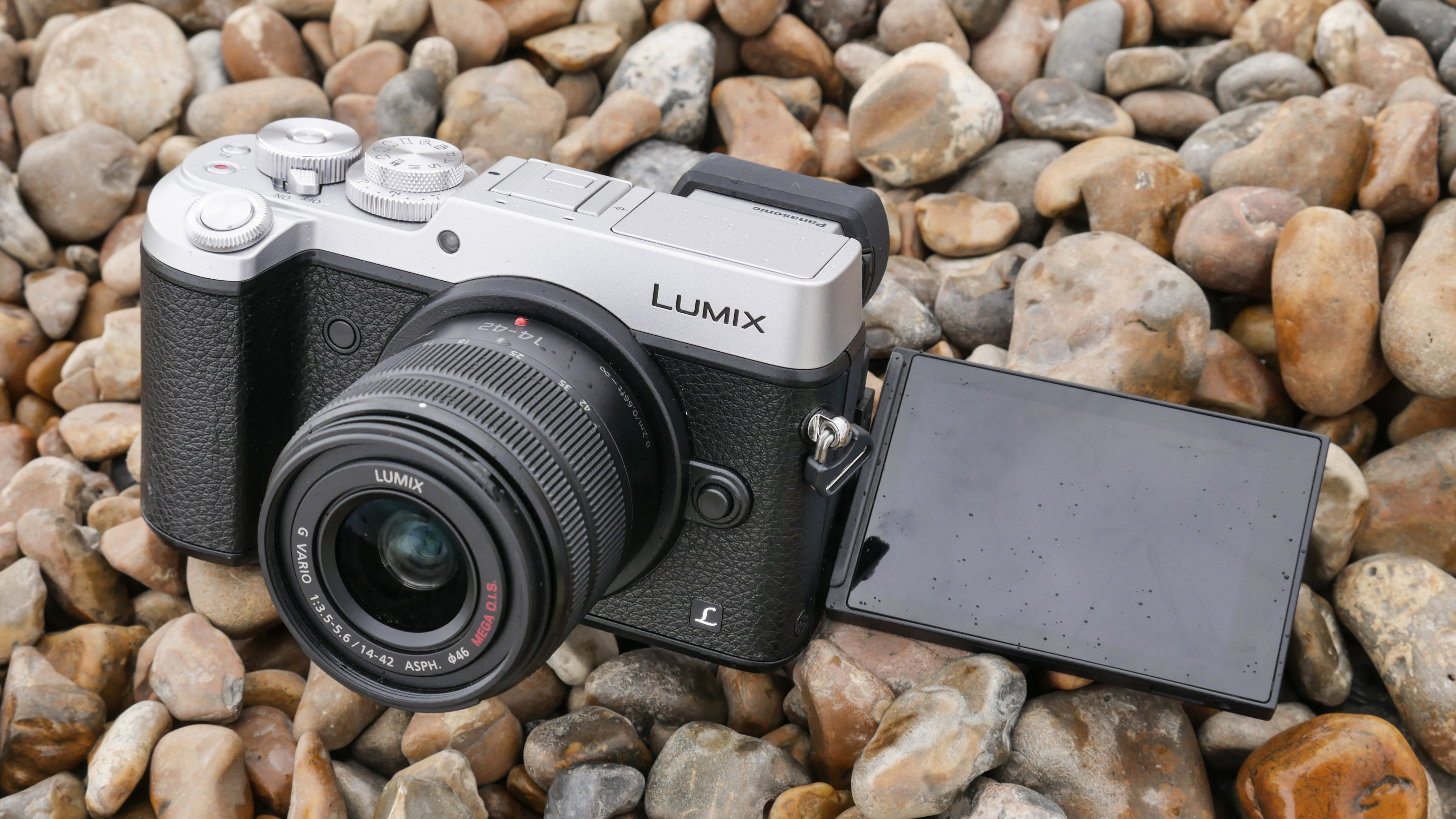Why you can trust TechRadar
Panasonic has been using a 16Mp sensor for a long time, so the jump up to 20Mp is a major step, and it has the desired impact upon detail resolution. What's more, this has been achieved while keeping noise in check, with images looking very good when sensitivity is set to ISO 100-6,400.
The improved stabilization system is also very good, enabling sharp images to be captured at shutter speeds that would normally rule out hand-holding the camera. In addition it makes the image in the viewfinder much more stable, and video footage smoother.
While it is possible to make A3 prints from 8Mp files shot in the 4K modes, many photographers will feel uncomfortable about buying a 20Mp camera and shooting at this lower resolution, even if it is at 30fps; however, it brings considerable satisfaction when you realise that you've caught a fleeting moment. It will be interesting to see how Panasonic implements the focus-shifting option.
It's clear that the GX8's AF system has made a step forward from the GX7's. It's fast and effective in a wide range of lighting conditions, including low light, and keeps up well with moving subjects.
We like
The GX8 has an extensive feature set, and a pleasantly solid build that should appeal to enthusiast photographers. It's also very flexible to shoot with, as it has an excellent viewfinder than can be tipped through 90 degrees to make it easier to see and a vari-angle screen that's useful for composing images in either orientation.
It's also possible to control the camera using either the touchscreen or the well-appointed collection of buttons and dials, and the exposure compensation dial is a welcome addition to the top plate.
Panasonic's 4K Photo mode is a fun feature that makes capturing fleeting moments very easy, but it seems quite a wrench to drop from 20 million pixels to just 8Mp, even if you can make decent A3 prints.
Many photographers will also appreciate the image stabilization system, which does a great job of correcting for the little shakes and wobbles that can blur images taken in low light or at the telephoto end of a lens.
We dislike
The GX8 is quite a bit bigger than most other Micro Four Thirds cameras, especially the popular Olympus OM-D E-M10. While some may appreciate its larger dimensions, this doesn't translate into much more space for your hand on the back of the camera. In addition, some of the rear buttons are hard to locate when your eye is at the viewfinder.
Final verdict
The GX8 is a nice solid camera with a couple of flourishes, such as the tilting viewfinder, vari-angle touch screen and 4K Photo mode, that give it added appeal to creative and enthusiast photographers.
Given its higher pixel count, better viewfinder and high-quality vari-angle screen it could prove more popular with this market than the recently released G7, but there's a significant step-up in price. Image quality is also very high, making the GX8 a rewarding camera to use.
